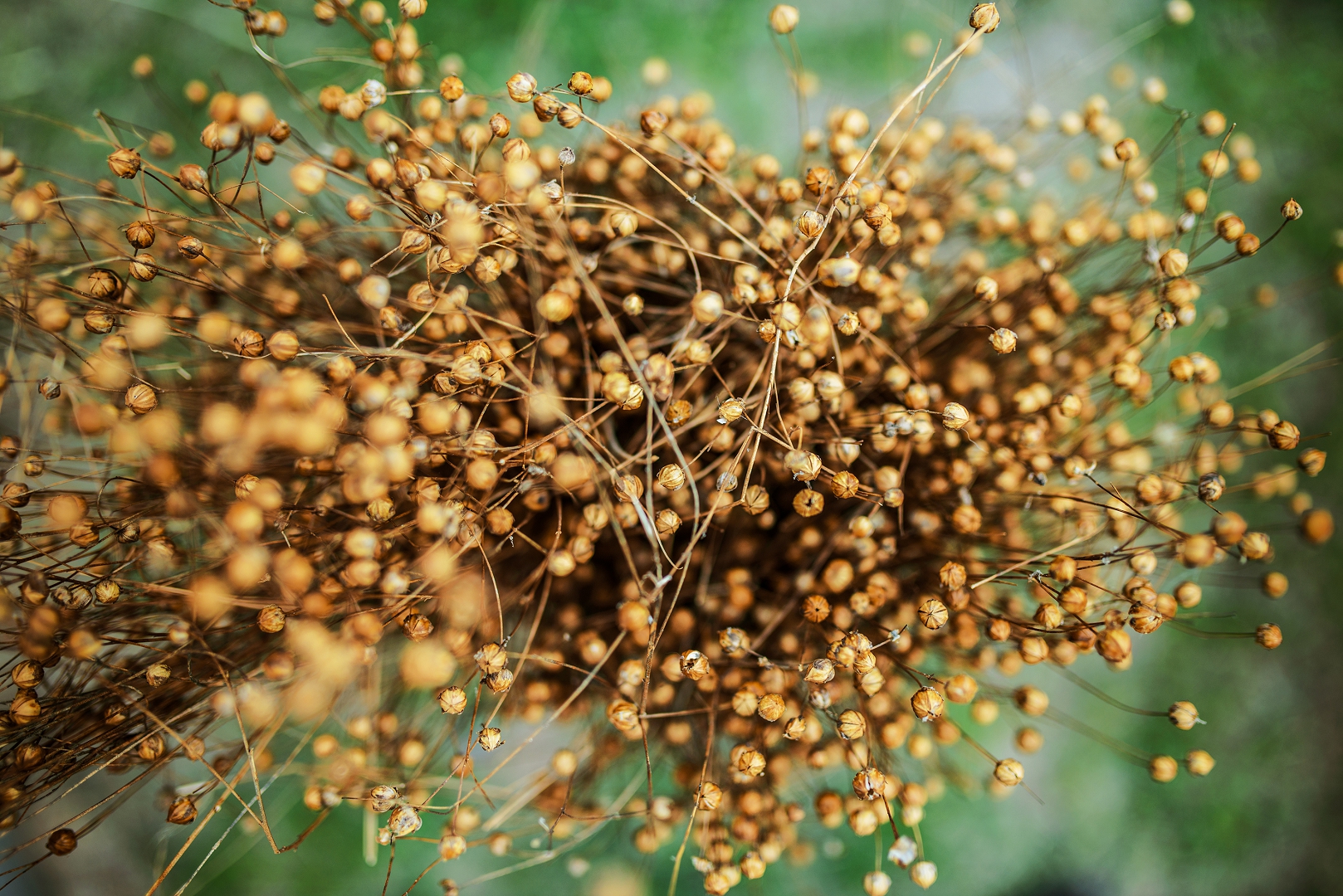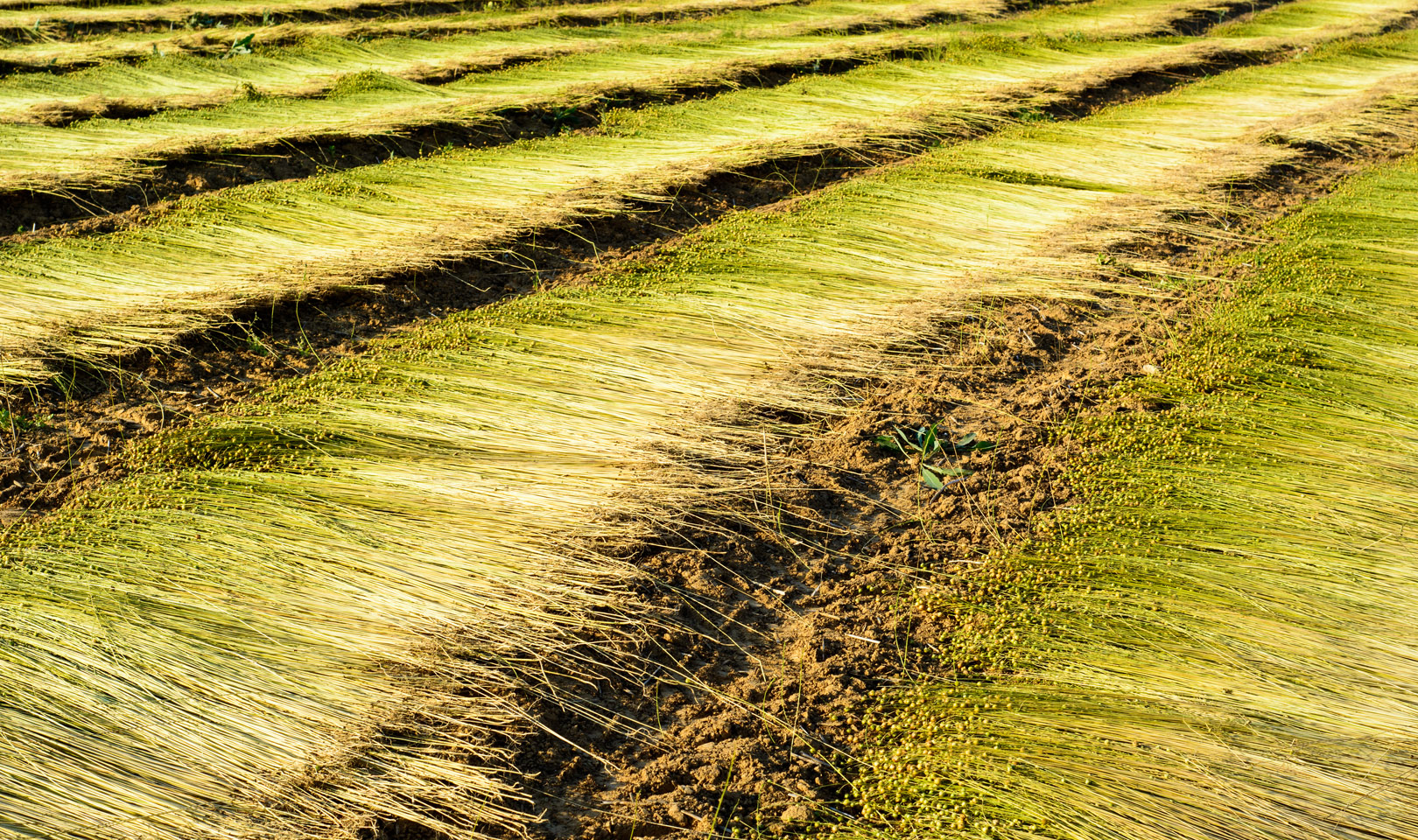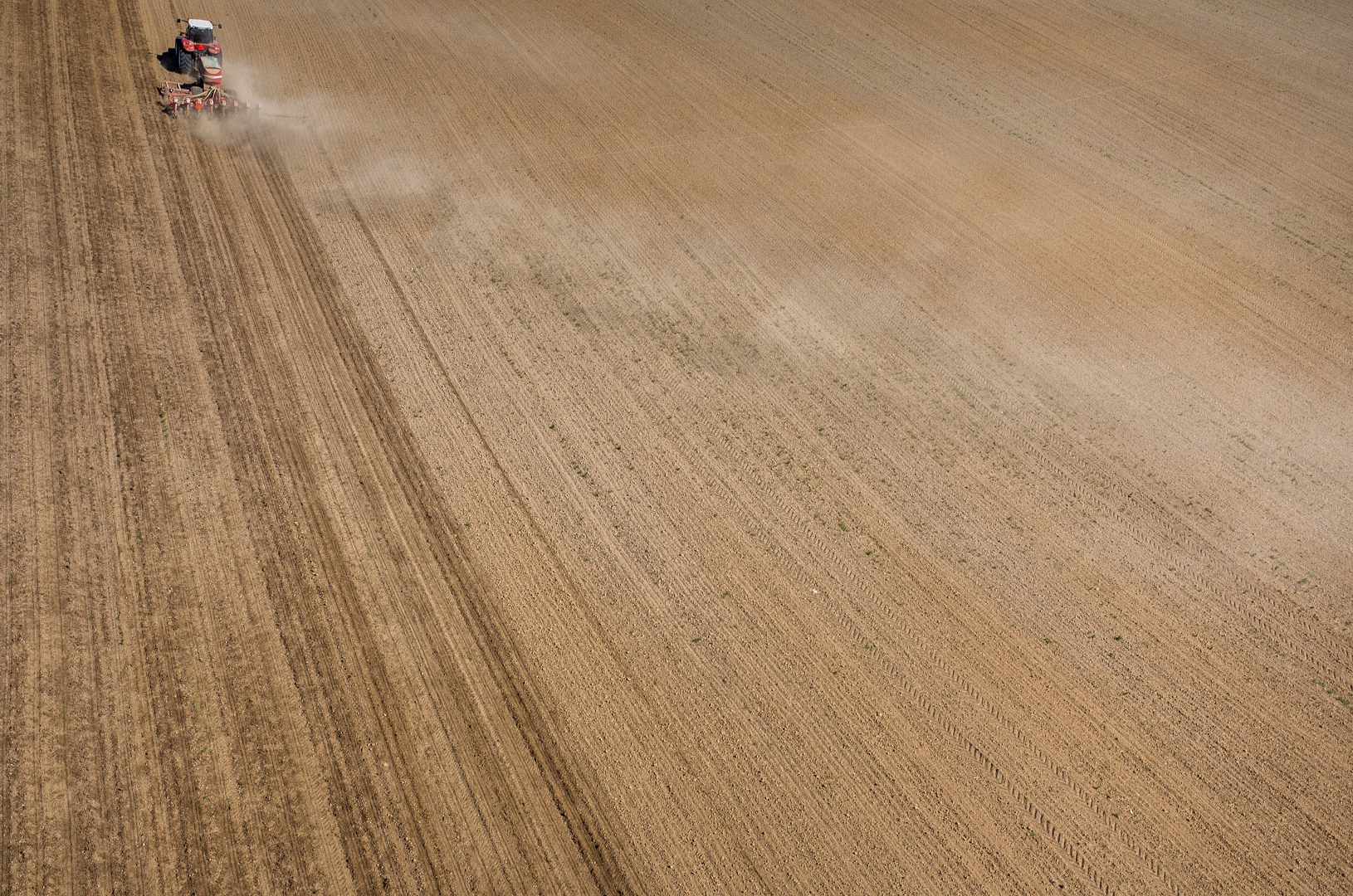Flax



Flax reacts negatively to its cultivation on the principle of monoculture. The most suitable precursors are crops that clean the fields from weeds, leaving behind a sufficient supply of nutrients, organic residues and moisture. It is undesirable to sow flax oilseed after sunflower, castor, rapeseed because of the strong contamination of the crops with drops of these crops. The return of flax oil seeds to the former field is recommended after 7 years. For flax seeds its inherent certain phases of development.

Main tillage
The main tillage should provide: cleaning of the arable layer from weeds, maximum accumulation and preservation of moisture in the soil, creating a favorable water-air, thermal and nutritional regimes for the growth and development of flax plants. In fields that are littered with annual weeds, semi-pair tillage should be used. In case of the presence of perennial weeds, it is recommended to apply a layer-by-layer tillage, which includes disc stubbing of stubble after harvesting the predecessor by 6-8 cm. After weed regrowth (5-6 leaves), it is necessary to carry out a plow-cutting or flat-cutting treatment of 10-12 cm, or treatment with herbicides of a systemic action. 10-14 days after the introduction of herbicides, plow or flat cutting treatments should be carried out, dumping plowing the soil to a depth of 22-25 cm, and then level the field.

Sowing
For sowing, it is necessary to use carefully cleaned seeds not lower than the 2nd reproduction. Seeds should be full, leveled, shiny, healthy. Sowing dates: - with 45 cm row spacing (seed sowing), - 15 cm row spacing (commercial sowing).Rolling up the soil is a must-have technique for obtaining friendly shoots. It is used differentially: in wet years - before seeding, in years with insufficient soil moisture, before and after sowing.

Harvesting
Harvesting methods: - direct harvesting ( combining) - on weed-free fields with uniform and amicable ripening of plants using desiccation. - two-phase (separate) - is used more often. The optimal time for cutting the plants into rolls is the period when 75% of the bolls are ripening in the sowing. Seed moisture at this period is 10-12%. The cutting unit must be carefully adjusted and have reinforced smooth segments. The header should be turned along the rows. The height of the cut of plants should not be below 10-15 cm (the best conditions for winding rolls). Seed cleaning should be carried out in a same stream with cleaning. For these purposes it is recommended to use seed cleaning machines OVP-20A, SVU-0.5 or ZAV-20 grain cleaning units, K-531 Petkus-Gigant.

Pre-sowing tillage
Tillage for flax includes the main and spring. The last one is divided into early spring and pre- sowing tillage. Depending on the state of soil, in the spring can be held various actions. On loose, but not leveled ploughland - leveling and preplant soil rolling; On loose and leveled ploughland - preseeding harrowing and rolling; on weedy and flat cut ploughland - early cultivation, pre- sowing harrowing and rolling the soil. Pre-sowing cultivation is carried out at a depth of 3-5 cm in order to form a seed bed, which is necessary for obtaining friendly shoots.

Fertilizers application
Flax is quite demanding on fertilizers, but should be considered the following: phosphate fertilizers accelerate the ripening of flax, an excess of superphosphate enhances the acidity of the soil and can inhibit plants, excess nitrogen can cause lodging and branching of flax. Late nitrogen fertilization can lead to stretching of flowering and uneven ripening of flax. The most effective and economically viable when planting is introduction granular superphosphate into rows at a dose of 50-100 kg / ha. It is very important to ensure a uniform distribution of fertilizers in the soil, so that there is no variegation of flax stem (uneven maturation, different heights and branching of plants).


